Home>Gardening & Outdoor>Landscaping Ideas>How To Kill Crabgrass In St. Augustine Grass
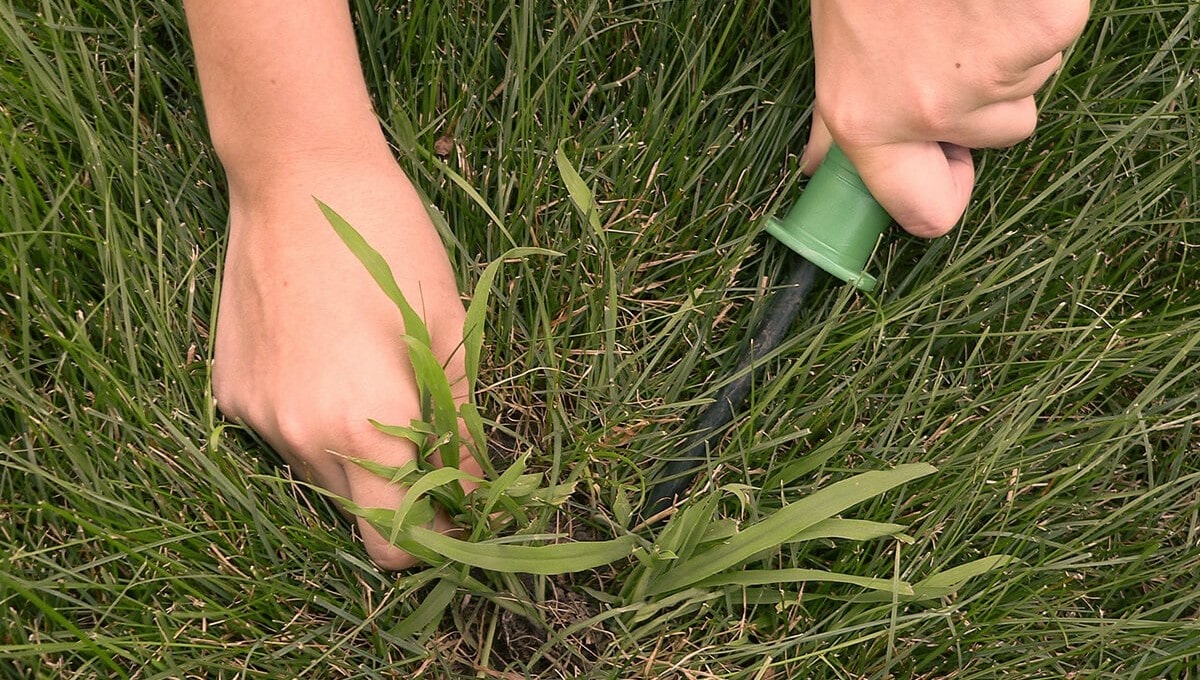

Landscaping Ideas
How To Kill Crabgrass In St. Augustine Grass
Modified: August 18, 2024
Learn effective landscaping ideas to eliminate crabgrass and improve the health of your St. Augustine grass. Discover expert tips and solutions for a lush, weed-free lawn.
(Many of the links in this article redirect to a specific reviewed product. Your purchase of these products through affiliate links helps to generate commission for Storables.com, at no extra cost. Learn more)
Introduction
When it comes to maintaining a lush, vibrant lawn, dealing with invasive weeds like crabgrass can be a frustrating challenge. St. Augustine grass, known for its lush, dense carpet-like appearance, is a popular choice for lawns in warm climates. However, it is susceptible to crabgrass invasion, which can detract from the beauty of the turf. In this comprehensive guide, we will explore effective strategies for eradicating crabgrass in St. Augustine grass lawns, empowering you to reclaim the health and beauty of your outdoor space.
Crabgrass, scientifically known as Digitaria, is an annual weed that thrives in warm, sunny conditions. Its rapid growth and prolific seed production make it a formidable adversary for homeowners striving to maintain a pristine lawn. Understanding the lifecycle and growth habits of crabgrass is essential for developing an effective eradication plan. By identifying the key characteristics of this resilient weed and implementing targeted control methods, you can restore your St. Augustine grass to its full splendor.
In the sections that follow, we will delve into the nuances of crabgrass identification, explore both manual and chemical eradication techniques, and discuss proactive measures to prevent future infestations. Whether you are an avid gardener or a homeowner seeking to elevate the visual appeal of your lawn, this guide will equip you with the knowledge and tools needed to combat crabgrass and nurture a thriving St. Augustine grass lawn. Let's embark on this horticultural journey together, arming ourselves with the insights and strategies essential for achieving a weed-free, vibrant outdoor oasis.
Key Takeaways:
- Say goodbye to crabgrass in your St. Augustine grass lawn by understanding its growth habits and using manual removal or selective herbicides for targeted control.
- Keep your St. Augustine grass lawn vibrant and weed-free by integrating proactive cultural practices, targeted herbicidal control, and manual removal for a holistic approach to combatting crabgrass.
Read more: How To Kill Weeds In St. Augustine Grass
Understanding Crabgrass
Crabgrass, a pervasive weed that plagues lawns across the United States, belongs to the genus Digitaria and is characterized by its low-growing, spreading nature. This annual weed thrives in warm-season grasses such as St. Augustine and Bermuda grass, often infiltrating lawns and disrupting the uniformity of the turf. Understanding the lifecycle and growth habits of crabgrass is crucial for devising an effective eradication and prevention strategy.
Crabgrass typically germinates in late spring, when soil temperatures reach approximately 55 to 60 degrees Fahrenheit, and continues to flourish throughout the summer months. Its rapid growth rate and proclivity for producing copious amounts of seeds contribute to its tenacious presence in lawns. Additionally, crabgrass has a distinctive appearance, with wide, coarse leaves that form a dense, mat-like growth pattern, making it visually disruptive amidst the finer blades of St. Augustine grass.
One of the key challenges posed by crabgrass is its aggressive nature, as it competes with desirable grass species for essential resources such as water, nutrients, and sunlight. This competition can impede the growth and development of St. Augustine grass, leading to a patchy, unkempt appearance in the lawn. Furthermore, the prolific seed production of crabgrass ensures that even a single plant can generate hundreds of seeds, perpetuating its presence in subsequent growing seasons.
By comprehending the growth patterns, reproductive mechanisms, and competitive behavior of crabgrass, homeowners can gain valuable insights into the weed’s vulnerabilities and leverage this knowledge to implement targeted eradication and prevention measures. In the following sections, we will delve into the specific strategies for identifying and addressing crabgrass infestations in St. Augustine grass lawns, empowering you to reclaim the pristine beauty of your outdoor space.
Identifying Crabgrass in St. Augustine Grass
Recognizing the presence of crabgrass amidst a lush expanse of St. Augustine grass is essential for implementing effective control measures. The distinct characteristics of crabgrass set it apart from desirable turf grasses, enabling homeowners to identify and target its presence with precision.
Crabgrass can be identified by its low-growing, spreading nature, which often forms dense patches within the lawn. Its coarse, wide blades create a stark visual contrast against the finer texture of St. Augustine grass, disrupting the uniformity of the turf. Additionally, crabgrass exhibits a proclivity for thriving in areas with ample sunlight and minimal competition, often infiltrating bare or thin patches in the lawn.
One of the key visual cues for identifying crabgrass is its growth habit, which emanates from a central point and sprawls outward in a star-like pattern. This growth pattern creates a distinctive clumping effect, with the weed’s stems radiating outward from the center, forming a circular or irregular shape. By contrast, St. Augustine grass typically grows in an upright, uniform manner, with blades arranged in an orderly fashion across the turf.
Furthermore, crabgrass produces seed heads that are visually distinct, featuring finger-like projections that extend from the central stem. These seed heads are often visible above the foliage, particularly in mature plants, providing a clear indication of the weed’s presence. In contrast, St. Augustine grass produces inconspicuous seed heads that are nestled within the dense foliage, contributing to the overall aesthetic appeal of the lawn.
When inspecting the lawn for signs of crabgrass, it is important to remain vigilant and attentive to areas where the weed is most likely to establish itself, such as along the edges of driveways, walkways, and garden beds. These areas, characterized by compacted soil and increased exposure to sunlight, create favorable conditions for crabgrass germination and growth.
By honing your ability to discern the visual disparities between crabgrass and St. Augustine grass, you can proactively identify and address the presence of this invasive weed, paving the way for targeted eradication methods. In the subsequent sections, we will explore a range of strategies, including manual removal, chemical control, and cultural practices, to effectively combat crabgrass and preserve the pristine beauty of your St. Augustine grass lawn.
Prevention Methods
Preventing the establishment and proliferation of crabgrass in St. Augustine grass lawns is a proactive approach that can significantly reduce the need for intensive eradication measures in the future. By implementing a combination of preventive strategies, homeowners can create an inhospitable environment for crabgrass, fostering the healthy growth of their desired turf grass.
One of the fundamental prevention methods involves promoting the vigor and density of St. Augustine grass through proper lawn care practices. This includes regular mowing at the appropriate height, which encourages the development of a dense turf that inhibits the germination and growth of weed seeds. Additionally, maintaining optimal soil fertility and pH levels, along with adequate irrigation, supports the robust growth of St. Augustine grass, minimizing the opportunities for crabgrass to infiltrate the lawn.
Another pivotal aspect of crabgrass prevention is the diligent management of lawn edges and borders. These transitional zones between the lawn and hardscaped areas, such as sidewalks and driveways, are particularly susceptible to crabgrass encroachment. Creating defined, well-mulched borders and minimizing soil compaction in these areas can help mitigate the establishment of crabgrass, preserving the integrity of the lawn.
Furthermore, overseeding with improved varieties of St. Augustine grass that possess enhanced resistance to weeds, including crabgrass, can fortify the lawn’s natural defenses. These modern cultivars exhibit superior density, shade tolerance, and overall resilience, crowding out potential weed invaders and maintaining the visual appeal of the lawn.
Applying a pre-emergent herbicide specifically formulated for crabgrass control can serve as a valuable preventive measure, targeting the weed seeds before they germinate and take root in the soil. This proactive approach disrupts the lifecycle of crabgrass, impeding its establishment and reducing the need for post-emergent eradication methods.
By integrating these preventive strategies into your lawn care regimen, you can create an environment that is conducive to the robust growth of St. Augustine grass while minimizing the risk of crabgrass infestations. In the subsequent sections, we will explore targeted methods for manual removal, as well as the judicious use of chemical control measures to address existing crabgrass populations and restore the pristine beauty of your lawn.
Manual Removal
Manual removal of crabgrass is a labor-intensive yet effective method for eradicating existing infestations and preventing the weed from proliferating in St. Augustine grass lawns. This hands-on approach allows homeowners to target individual plants and disrupt the lifecycle of crabgrass without the use of chemical herbicides, making it an environmentally friendly and sustainable control method.
When engaging in manual removal, it is essential to identify the distinctive growth pattern and appearance of crabgrass amidst the St. Augustine turf. The low-growing, sprawling nature of crabgrass often results in the formation of dense patches or clumps within the lawn, facilitating its visual identification and selective removal.
To effectively remove crabgrass, particularly in its early stages of growth, homeowners can utilize handheld tools such as a dandelion digger or a similar implement to extract the weed from the soil. Care should be taken to grasp the base of the plant and gently pry it from the ground, ensuring that the entire root system is extracted to prevent regrowth. This meticulous approach minimizes soil disturbance and mitigates the disruption of surrounding turf grass, preserving the overall integrity of the lawn.
For larger infestations or more established crabgrass plants, manual removal can be facilitated by carefully cutting out the weed-infested patches using a sharp knife or turf edger. This method allows for the precise excision of crabgrass-infested areas, enabling homeowners to replace the removed turf with healthy St. Augustine grass or overseed the bare patches to encourage rapid turf recovery.
Following the manual removal of crabgrass, it is advisable to monitor the treated areas for any regrowth or residual weed seeds. Regular inspection and prompt removal of any emerging crabgrass plants can help prevent the re-establishment of the weed, safeguarding the visual appeal and health of the St. Augustine grass lawn.
By incorporating manual removal as part of an integrated weed management strategy, homeowners can effectively address existing crabgrass infestations while minimizing the environmental impact of chemical herbicides. In the subsequent sections, we will explore targeted chemical control methods, including selective herbicides specifically formulated for St. Augustine grass, to further augment the eradication efforts and promote the vitality of the lawn.
Apply a pre-emergent herbicide in early spring to prevent crabgrass from germinating in St. Augustine grass. Post-emergent herbicides can be used to spot-treat any existing crabgrass.
Chemical Control
Chemical control methods offer targeted and efficient solutions for eradicating crabgrass in St. Augustine grass lawns, providing homeowners with an arsenal of specialized herbicides designed to combat this resilient weed. When employed judiciously and in accordance with label instructions, these herbicidal formulations can effectively suppress crabgrass populations while safeguarding the health and vigor of the desirable turf grass.
One of the key considerations when utilizing chemical control measures is the selection of herbicides that are specifically formulated for use on St. Augustine grass. Selective herbicides, which target specific weed species while minimizing impact on desirable turf grasses, are essential for preserving the integrity of the lawn while addressing crabgrass infestations. These formulations are tailored to mitigate the risk of phytotoxicity or damage to St. Augustine grass, ensuring that the weed control efforts do not compromise the overall visual appeal of the lawn.
Post-emergent herbicides, designed to target actively growing crabgrass plants, offer an effective means of controlling existing infestations. These formulations are applied directly to the foliage of the weed, where they are absorbed and translocated throughout the plant, ultimately leading to its demise. By selectively targeting crabgrass without harming the surrounding St. Augustine grass, post-emergent herbicides enable homeowners to reclaim the pristine beauty of their lawn while suppressing weed populations.
When applying post-emergent herbicides, it is essential to adhere to the recommended application rates and timings specified on the product label. Additionally, factors such as weather conditions, including temperature and precipitation, should be taken into account to optimize the efficacy of the herbicidal treatment and minimize potential off-target effects.
Furthermore, cultural practices such as mowing and irrigation should be coordinated with herbicidal applications to maximize the efficacy of the treatment and promote the recovery of the St. Augustine grass. This integrated approach ensures that the desired turf grass receives the necessary care and attention while the targeted eradication of crabgrass is underway.
By leveraging the precision and efficacy of selective herbicides formulated for St. Augustine grass, homeowners can effectively combat crabgrass infestations and restore the lush, uniform appearance of their lawn. In the subsequent sections, we will explore cultural practices and ongoing maintenance strategies that complement chemical control methods, fostering the long-term health and resilience of the St. Augustine grass turf.
Selective Herbicides for St. Augustine Grass
When confronting crabgrass infestations in St. Augustine grass lawns, the utilization of selective herbicides tailored for the specific needs of the desired turf grass is paramount. These specialized herbicidal formulations are designed to target crabgrass while preserving the health and aesthetics of St. Augustine grass, offering homeowners an effective means of weed control without compromising the integrity of their lawn.
One of the key advantages of selective herbicides is their ability to selectively target undesirable weed species, such as crabgrass, while minimizing the impact on desirable turf grasses. This precision is achieved through the formulation of herbicidal active ingredients that specifically disrupt the growth and development of targeted weed species, leaving the St. Augustine grass unharmed.
Furthermore, selective herbicides for St. Augustine grass are available in both pre-emergent and post-emergent formulations, catering to the diverse needs of homeowners seeking to prevent the establishment of crabgrass as well as address existing infestations. Pre-emergent herbicides create a barrier in the soil that inhibits the germination and growth of crabgrass seeds, effectively disrupting the weed’s lifecycle before it takes root in the lawn.
Post-emergent selective herbicides, on the other hand, target actively growing crabgrass plants, delivering targeted control without compromising the health and vitality of the St. Augustine grass. These formulations are applied directly to the foliage of the weed, where they are absorbed and translocated throughout the plant, ultimately leading to its demise while minimizing the risk of phytotoxicity to the desirable turf grass.
When selecting and applying selective herbicides for St. Augustine grass, it is imperative to adhere to the recommended application rates, timings, and safety precautions specified on the product label. Additionally, factors such as weather conditions and the developmental stage of the crabgrass should be taken into account to optimize the efficacy of the herbicidal treatment and minimize off-target effects.
By integrating selective herbicides into an integrated weed management strategy, homeowners can effectively combat crabgrass infestations while safeguarding the health and visual appeal of their St. Augustine grass lawn. In the subsequent sections, we will explore cultural practices and ongoing maintenance strategies that complement the targeted use of selective herbicides, fostering the long-term resilience and vitality of the turf.
Post-Emergent Herbicides
Post-emergent herbicides play a pivotal role in the targeted eradication of crabgrass in St. Augustine grass lawns, offering homeowners an effective means of addressing existing infestations while preserving the health and aesthetics of the desired turf grass. These specialized herbicidal formulations are designed to selectively target actively growing crabgrass plants, providing precise control without compromising the integrity of the St. Augustine grass.
One of the key advantages of post-emergent herbicides is their ability to specifically target and suppress crabgrass without causing harm to the surrounding turf grass. This precision is achieved through the formulation of herbicidal active ingredients that disrupt the physiological processes essential for the growth and development of the weed while sparing the desirable St. Augustine grass.
When applying post-emergent herbicides, it is essential to follow the recommended application rates and timings specified on the product label. Additionally, factors such as weather conditions, including temperature and precipitation, should be taken into account to optimize the efficacy of the herbicidal treatment and minimize potential off-target effects.
Furthermore, the developmental stage of the crabgrass and the growth habits of St. Augustine grass should be considered when planning and executing post-emergent herbicidal applications. Selective herbicides formulated for St. Augustine grass are designed to disrupt the growth and development of crabgrass while allowing the desirable turf grass to thrive, ensuring that the weed control efforts do not compromise the overall visual appeal of the lawn.
By integrating post-emergent herbicides into an integrated weed management strategy, homeowners can effectively combat crabgrass infestations while safeguarding the health and vitality of their St. Augustine grass lawn. In the subsequent sections, we will explore cultural practices and ongoing maintenance strategies that complement the targeted use of post-emergent herbicides, fostering the long-term resilience and visual appeal of the turf.
Cultural Practices for Crabgrass Prevention
Implementing cultural practices that promote the vigor and density of St. Augustine grass can significantly contribute to the prevention of crabgrass infestations, fostering a lush and resilient lawn that inhibits the establishment of undesirable weeds. By incorporating these proactive measures into your lawn care regimen, you can create an environment that is conducive to the robust growth of St. Augustine grass while minimizing the risk of crabgrass encroachment.
Regular mowing at the appropriate height is a fundamental cultural practice that supports the development of a dense turf, effectively crowding out potential weed invaders such as crabgrass. Maintaining the recommended mowing height for St. Augustine grass encourages the growth of a thick canopy that shades the soil, reducing the opportunities for weed seeds to germinate and establish themselves in the lawn.
Optimal soil fertility and pH levels are essential for nurturing the health and resilience of St. Augustine grass while creating an inhospitable environment for crabgrass. Conducting soil tests and implementing targeted fertilization and liming practices can ensure that the lawn receives the necessary nutrients and pH balance to thrive, minimizing the vulnerabilities that may predispose it to weed infestations.
Adequate irrigation practices, including deep, infrequent watering, promote the development of a robust root system in St. Augustine grass, enhancing its ability to compete with weeds such as crabgrass. By delivering consistent, deep watering that encourages deep root growth, homeowners can fortify the turf’s ability to withstand environmental stressors and outcompete potential weed invaders.
Furthermore, minimizing soil compaction and promoting proper drainage in the lawn can contribute to the prevention of crabgrass infestations. Aerating the soil to alleviate compaction and facilitate the movement of air, water, and nutrients to the root zone of the turf grass supports the overall health and vitality of the lawn, reducing the opportunities for weed establishment.
By integrating these cultural practices into your lawn care routine, you can create an environment that is conducive to the robust growth of St. Augustine grass while minimizing the risk of crabgrass infestations. In conjunction with targeted preventive measures and ongoing maintenance, these proactive strategies contribute to the long-term health and visual appeal of your lawn, fostering a vibrant outdoor oasis that is resilient to weed encroachment.
Read more: How To Kill Crabgrass In Your Lawn
Conclusion
In the pursuit of maintaining a vibrant and weed-free St. Augustine grass lawn, the eradication and prevention of crabgrass are essential endeavors that require a multifaceted approach. By understanding the growth habits and characteristics of crabgrass, homeowners can effectively identify and target the presence of this invasive weed amidst the lush expanse of their desired turf grass.
Manual removal, a labor-intensive yet effective method, allows for the selective extraction of crabgrass plants, minimizing the disruption to the surrounding St. Augustine grass while addressing existing infestations. This hands-on approach empowers homeowners to reclaim the uniformity and visual appeal of their lawn without the use of chemical herbicides.
Chemical control methods, including the targeted use of selective herbicides formulated for St. Augustine grass, offer precise and efficient solutions for combatting crabgrass infestations. By leveraging post-emergent herbicides and pre-emergent formulations, homeowners can suppress existing weed populations and prevent the establishment of crabgrass, safeguarding the health and aesthetics of their lawn.
Furthermore, integrating cultural practices such as proper mowing, irrigation, and soil management into the lawn care regimen creates an environment that is conducive to the robust growth of St. Augustine grass while minimizing the vulnerabilities that may predispose it to crabgrass infestations. These proactive measures foster a resilient and vibrant turf that inhibits the encroachment of undesirable weeds.
In the horticultural journey of combatting crabgrass in St. Augustine grass lawns, a holistic and integrated approach that combines manual removal, targeted herbicidal control, and proactive cultural practices is paramount. By implementing these strategies in harmony, homeowners can nurture a lush and uniform lawn that is resilient to weed encroachment, elevating the outdoor oasis to its full splendor.
Armed with the insights and strategies presented in this comprehensive guide, homeowners are equipped to embark on a weed-free horticultural odyssey, cultivating a St. Augustine grass lawn that exudes vitality and beauty. By integrating proactive measures and targeted control methods, you can transform your outdoor space into a verdant sanctuary that is free from the disruptive presence of crabgrass, allowing the lush expanse of St. Augustine grass to flourish and captivate the senses.
Frequently Asked Questions about How To Kill Crabgrass In St. Augustine Grass
Was this page helpful?
At Storables.com, we guarantee accurate and reliable information. Our content, validated by Expert Board Contributors, is crafted following stringent Editorial Policies. We're committed to providing you with well-researched, expert-backed insights for all your informational needs.
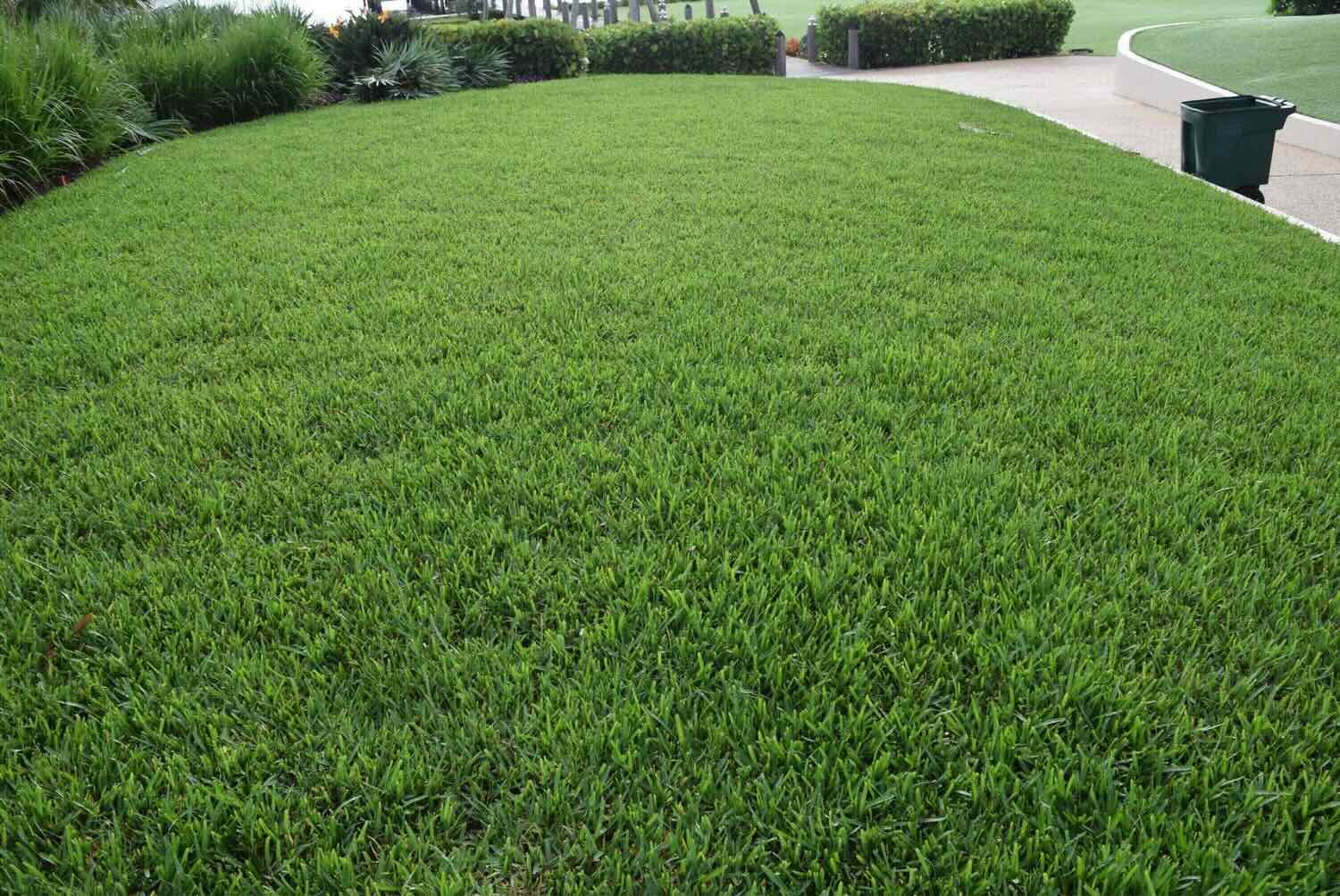
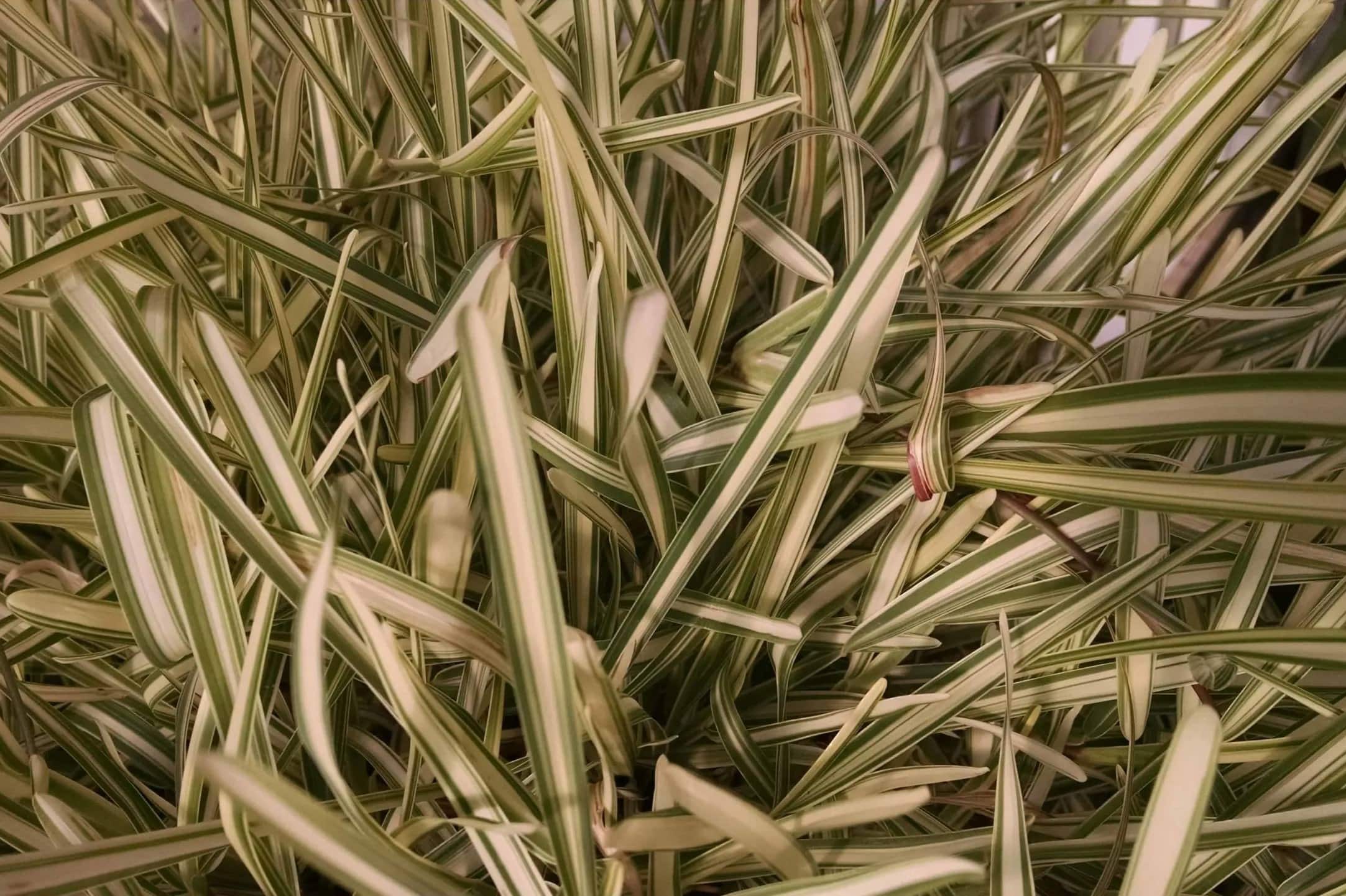
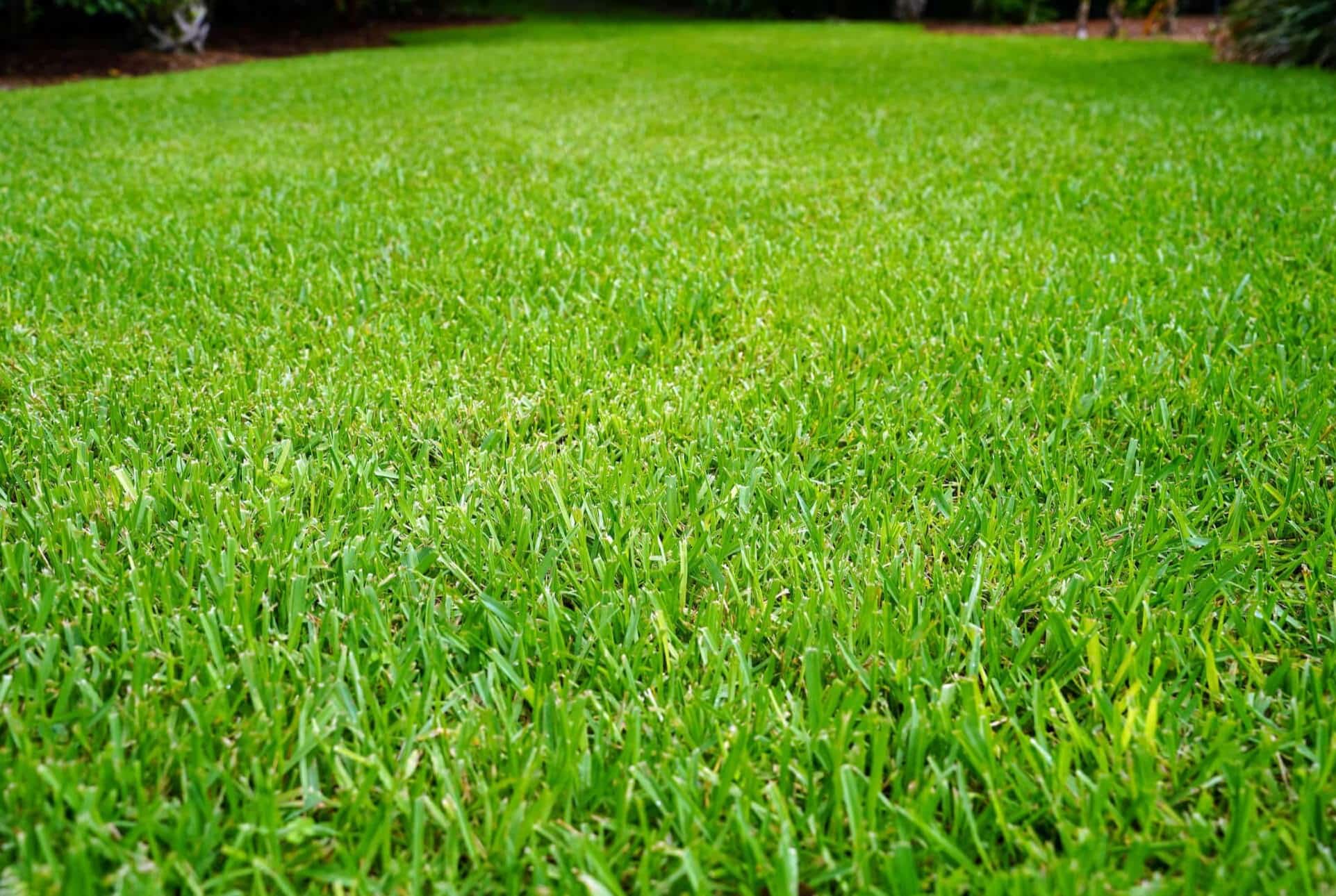
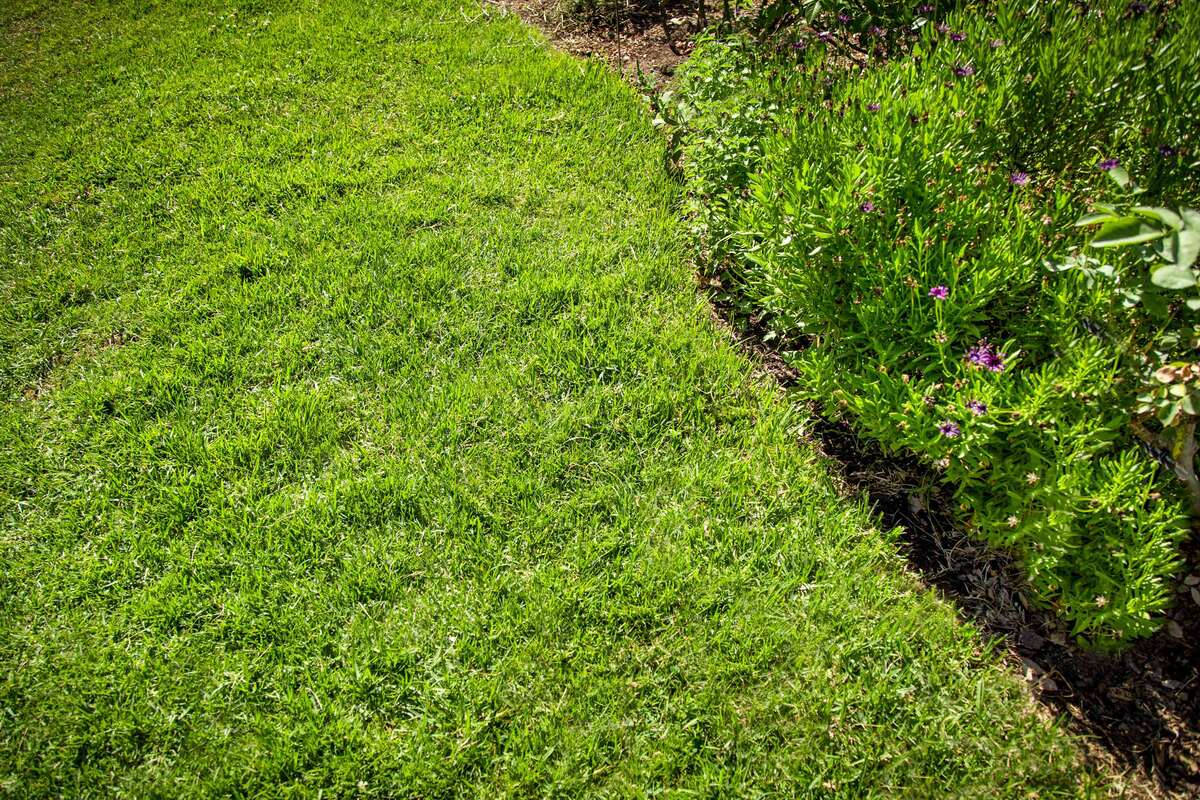
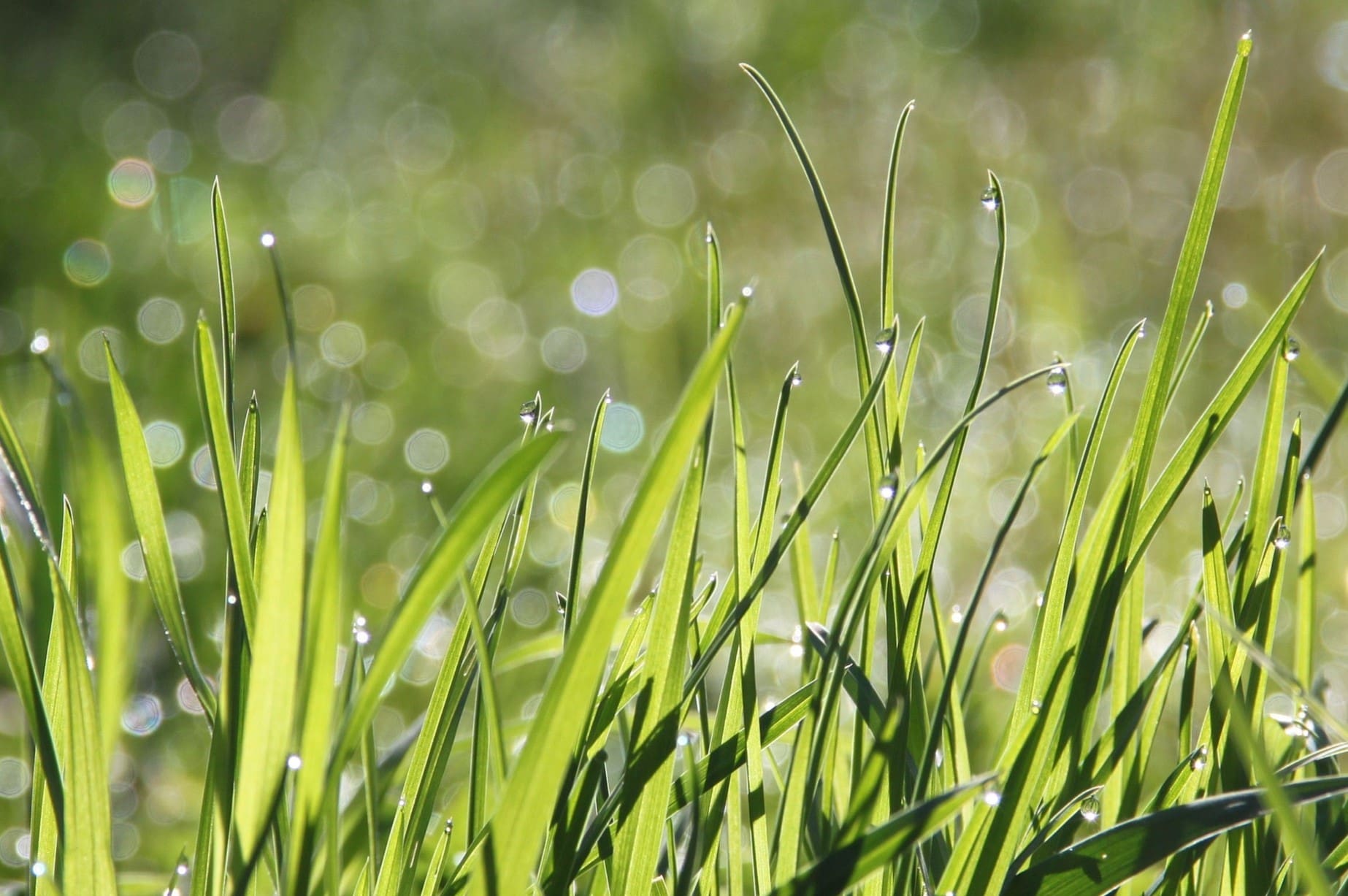
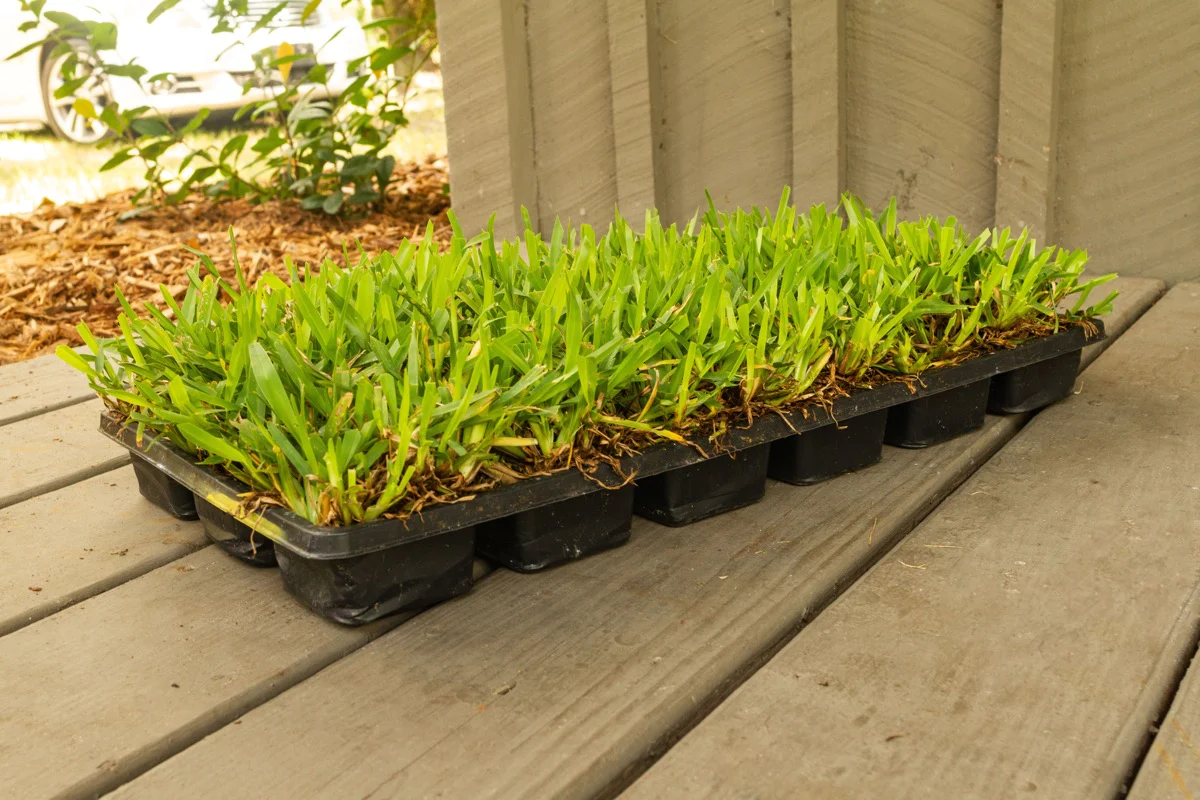
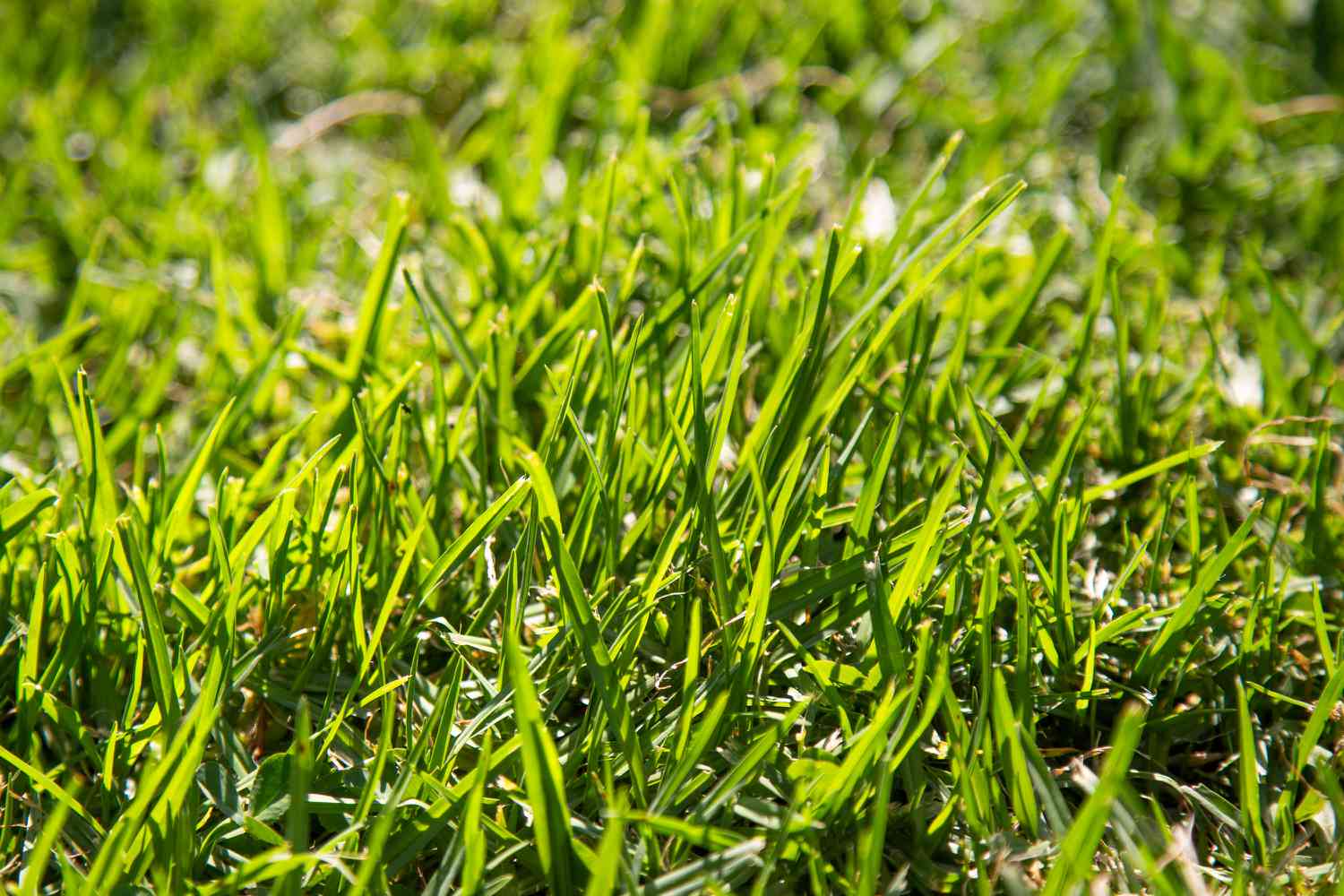
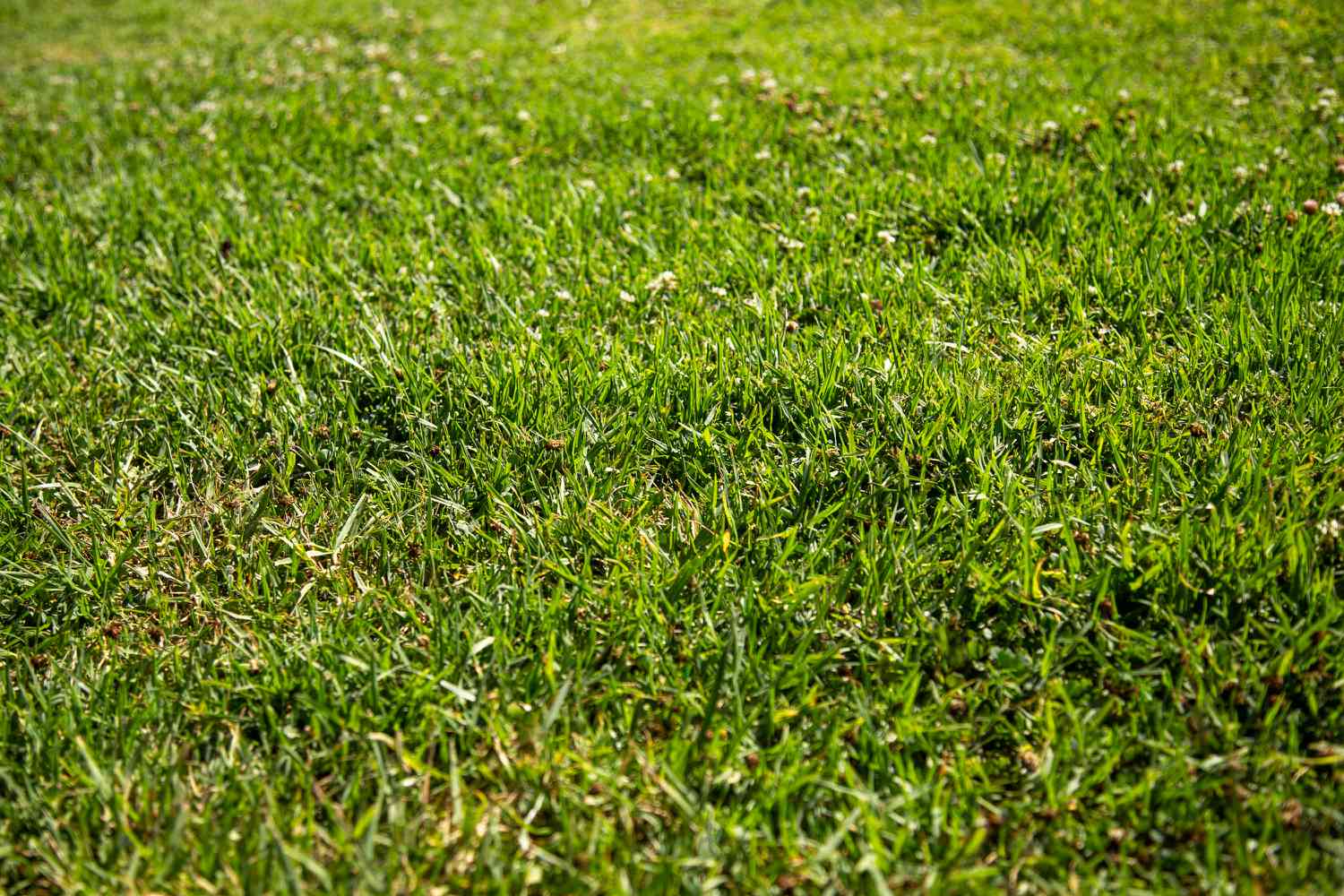
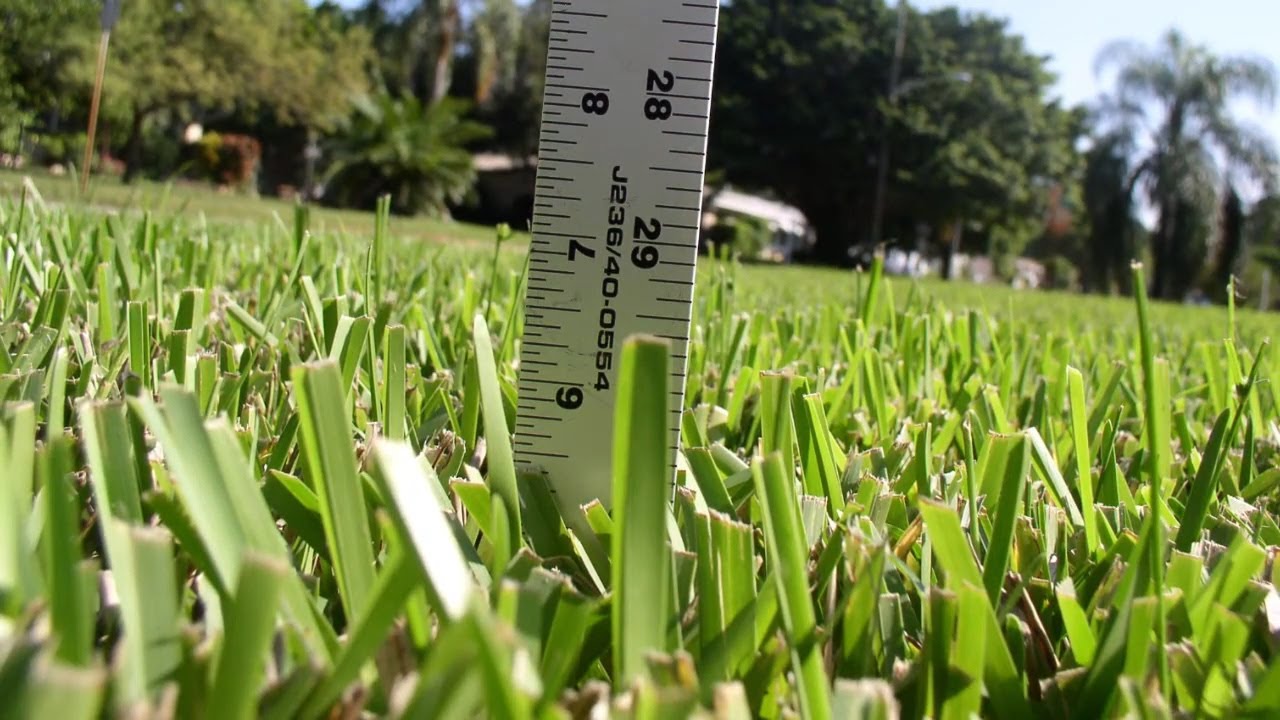
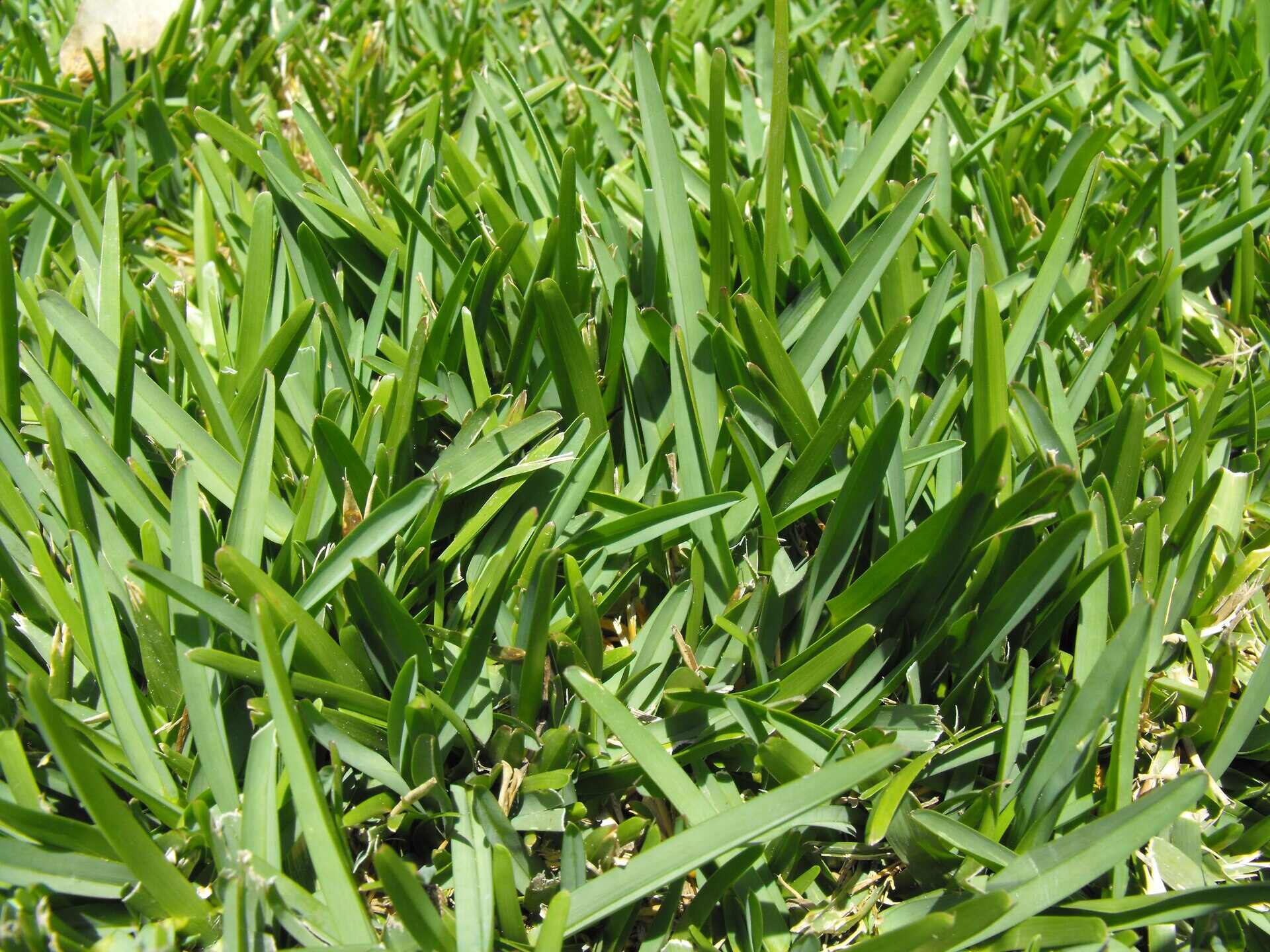
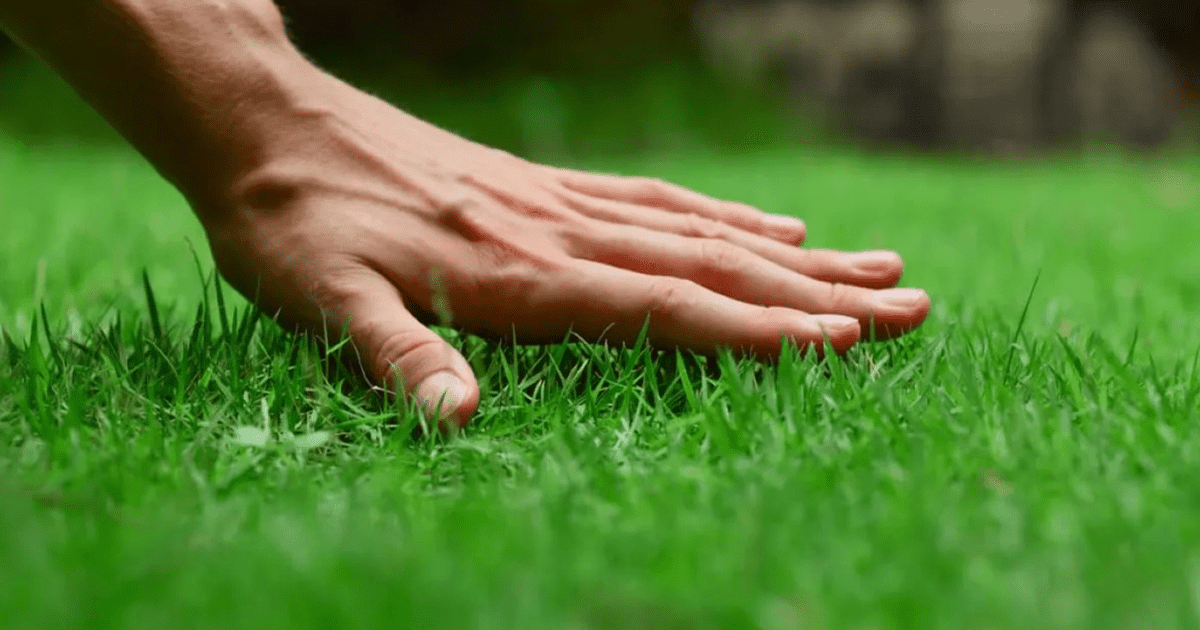
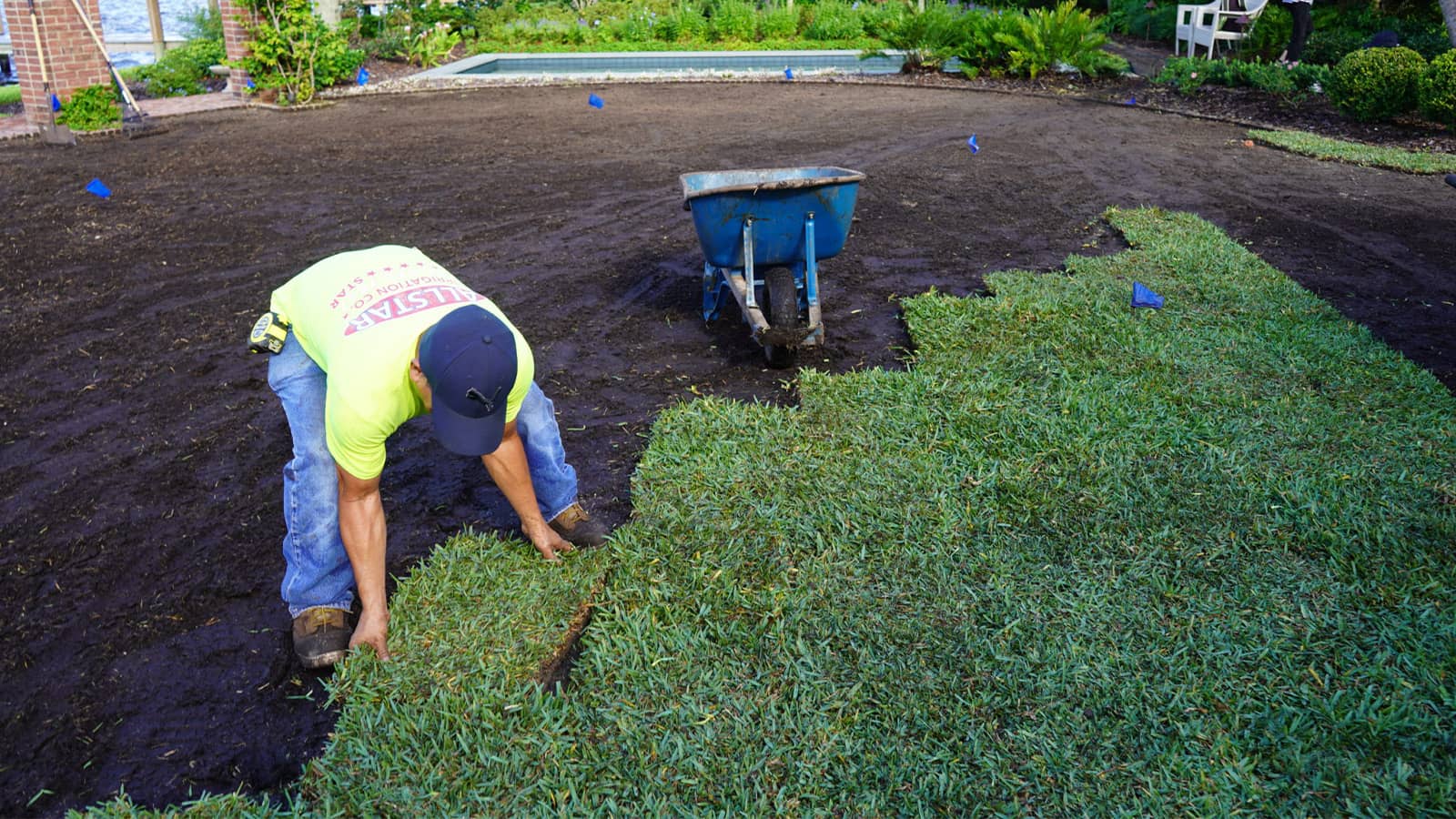
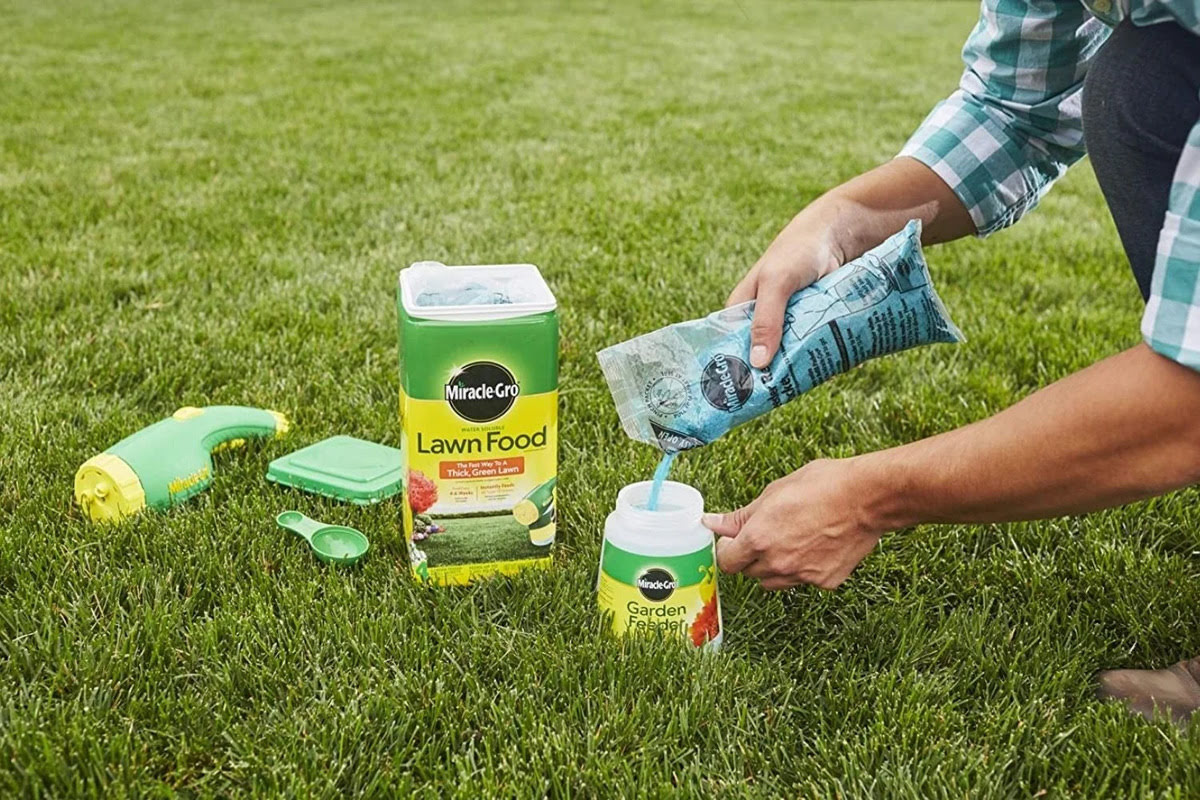

0 thoughts on “How To Kill Crabgrass In St. Augustine Grass”